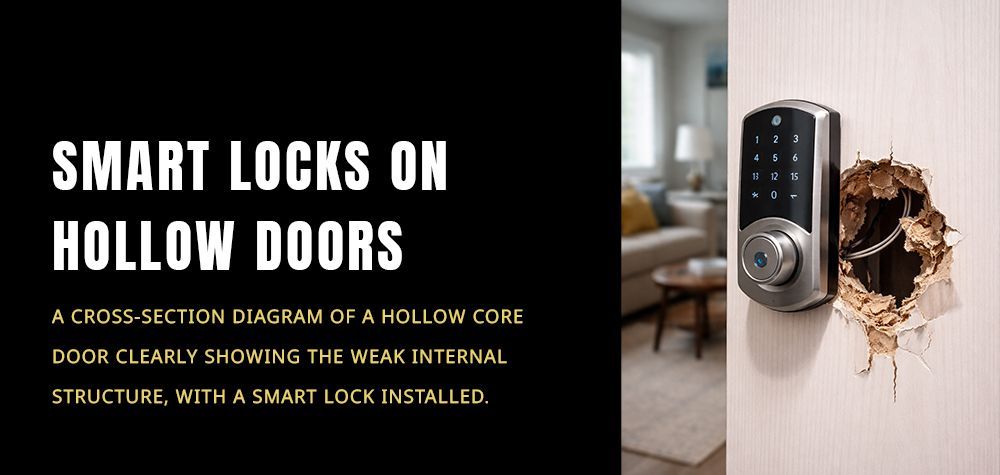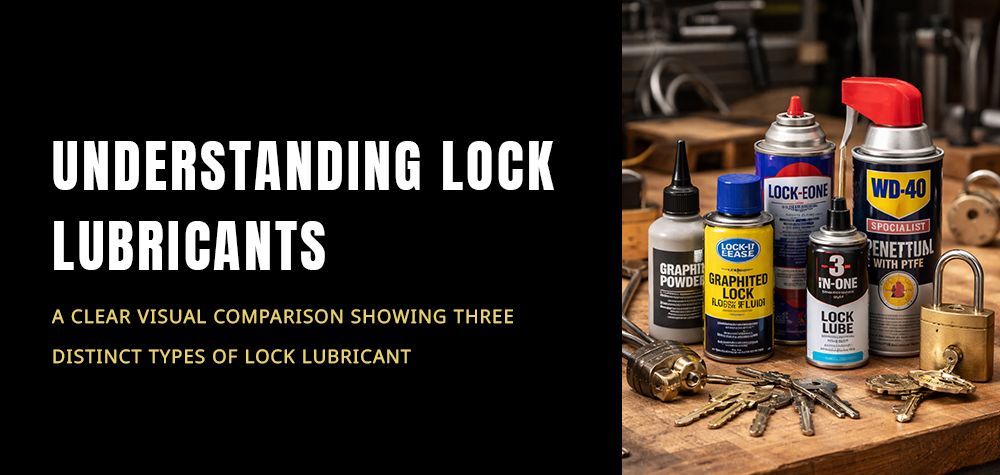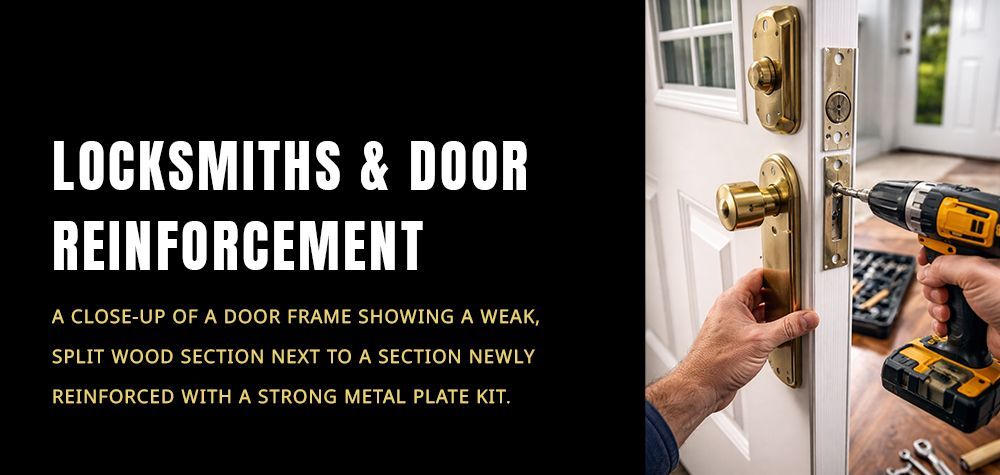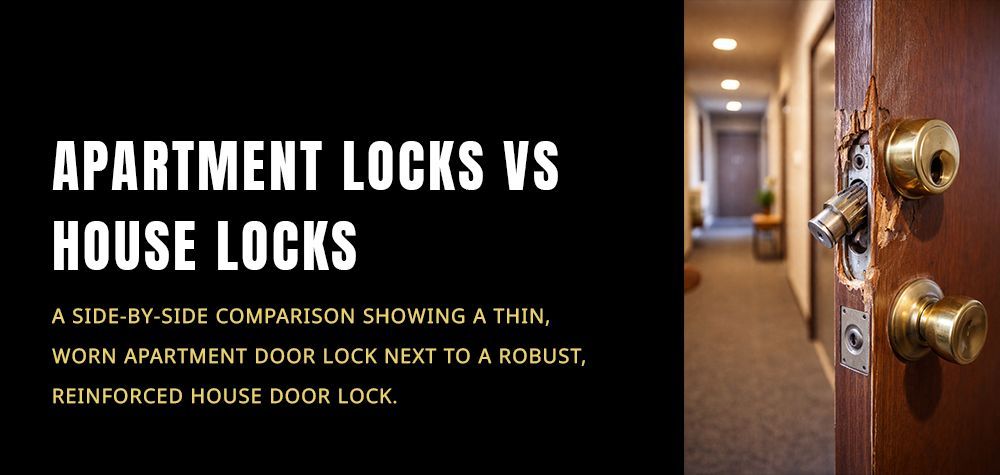Car Door Won't Shut or Latch
I've got some bad news for you – your car door won't shut or latch properly, and it's driving you nuts. We've all been there, standing in the parking lot, jiggling the handle, slamming the door, and feeling the frustration boil over. It's not just annoying; it's a real pain and a serious safety issue. But don't worry, you're not alone in this, and I'm here to help you get to the bottom of it. From faulty latches to misaligned doors, we're going to dive into the common causes and solutions, so you can fix this headache and get back on the road safely. Ready? Let's dive in.
Common Causes of a Car Door That Won't Shut or Latch
Faulty Latch Mechanism
One of the most common reasons for a car door that won't shut or latch is a faulty latch mechanism. Over time, wear and tear can cause the latch to malfunction. Dirt and debris can accumulate, or the internal components can become misaligned or damaged. If you notice your door isn't catching properly, feels loose, or requires excessive force to latch, it's a clear sign the latch mechanism might be the culprit.
Common reasons for latch failure:
- Wear and tear from regular use
- Accumulation of dirt and debris
- Misalignment of internal components
- Physical damage to the latch mechanism
Signs of a faulty latch:
- Door won't catch or stay closed
- Door feels loose when closed
- Requires excessive force to latch
- Unusual sounds when attempting to close the door
Misaligned Door
A misaligned door can be a major headache, often caused by accidents, regular wear and tear, or even a change in weather conditions. Over time, the door hinges can loosen or shift, leading to poor alignment. To check if your door is misaligned, look for gaps between the door and the frame or notice if the door rubs against the frame when closing. You might also see uneven spacing along the edges. To fix a misaligned door, you can adjust the hinges by tightening or loosening the screws, or, in some cases, you might need to replace the hinges if they’re worn out.
Damaged or Worn Out Weather Stripping
Weather stripping around your car door serves a crucial role in sealing and ensuring a snug fit. Over time, it can become damaged or worn out due to exposure to the elements or regular use. To check for issues, look for visible cracks, tears, or gaps in the weather stripping, or listen for unusual noises when driving, which might indicate air leaks. If you find damage, replacing the weather stripping is a straightforward fix that can restore the door’s ability to close properly and improve insulation.
Latch or Lock Frozen Due to Cold Weather
Cold weather can wreak havoc on your car’s latch or lock, causing it to freeze and become inoperable. This often happens when moisture seeps into the lock mechanism and turns to ice. To check if freezing is the issue, try using your key or remote and observe if the lock mechanism is stiff or unresponsive. To unfreeze a frozen latch, use a lock de-icer or apply rubbing alcohol directly to the lock. For long-term prevention, apply a silicone-based lubricant to the lock and weather stripping to repel moisture, and try to park in a garage or sheltered area during extreme cold.
Solutions to unfreeze and prevent freezing in the future:
- Use a lock de-icer or rubbing alcohol to thaw the latch.
- Apply a silicone-based lubricant to prevent moisture accumulation.
- Keep the door seals clean and dry to reduce the chance of freezing.
- Park in a garage or sheltered area to protect from extreme cold.
Internal Components Blocked or Obstructed
Sometimes, the problem with your car door not closing properly can stem from internal components being blocked or obstructed. Dirt, debris, or foreign objects can interfere with the latch mechanism or other moving parts. To check for obstructions, look inside the door's edge and latch area for any visible debris. You might need to carefully clean the area using a soft brush or compressed air. Regular maintenance and keeping the door internals clean can help prevent these issues and ensure smooth operation.
Door Handle Issues
Problems with your car’s door handle can prevent the door from latching or shutting properly. Issues can arise from a faulty handle, broken linkage, or internal components that have become disconnected. To diagnose the problem, first remove the door panel to access the handle mechanism and check for any visible damage or disconnections. If you find any loose or broken parts, tighten or replace them as needed. Lubricate any moving components to ensure smooth operation. Once repairs are made, reassemble the door panel and test the handle to ensure it functions correctly.
Steps to repair door handle issues:
- Remove the door panel to access the handle mechanism.
- Inspect the handle and linkage for damage or disconnection.
- Tighten or replace any loose or broken screws and components.
- Lubricate moving parts with a silicone-based lubricant.
- Reassemble the door panel and test the handle function.
Electrical Issues (for Power Locks)
Electrical problems can affect the functionality of power locks, causing doors to malfunction or not latch properly. Common issues include blown fuses, faulty wiring, or malfunctioning actuators. To diagnose, check the fuse box for any blown fuses related to the locking system. Inspect wiring connections for any visible damage or disconnections. If the electrical components are functioning correctly but the problem persists, the actuator might need replacement. Addressing these issues often requires professional help, so consider consulting a mechanic or electrician if you’re unsure.
When to Seek Professional Help
If you’re facing persistent issues with your car door that won’t shut or latch, it might be time to seek professional help. If you've tried basic fixes and the problem continues, or if you're dealing with complex issues like electrical problems or internal damage, professional assistance is a smart choice. A skilled technician, like those at Brother Locksmith, can provide expert diagnosis and repair, ensuring your door operates smoothly and safely. Don’t hesitate to reach out if you need specialized tools or expertise – it’s worth the investment for peace of mind and a properly functioning vehicle.
Call Us Any Time!








